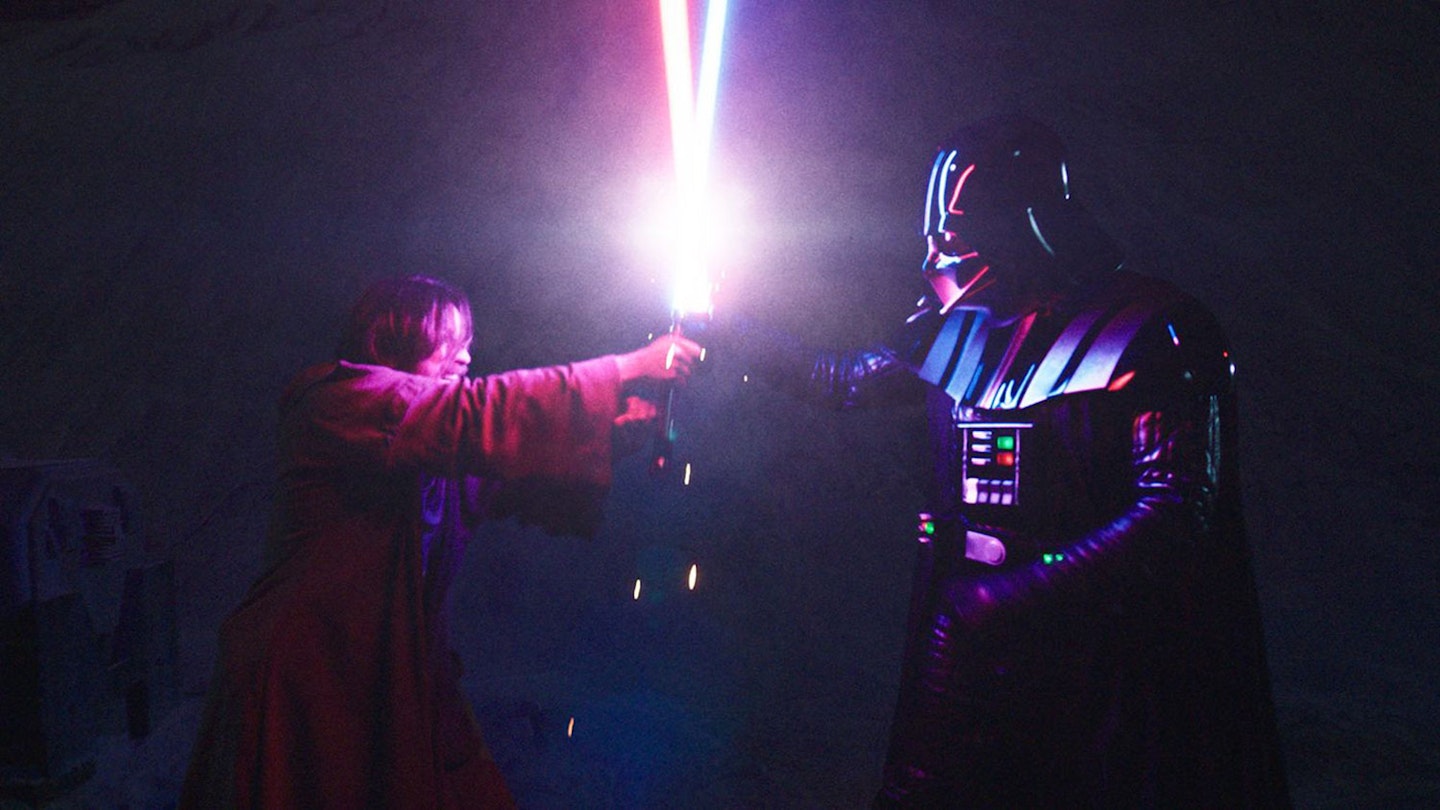For years, Star Wars fans have waited to see Ewan McGregor don his Jedi robes once more – and they finally got their wish in Obi-Wan Kenobi, a six-part limited series (or is it?), delving into the time period midway between Episode III: Revenge Of The Sith and Episode IV: A New Hope. For the most part, it proved a thrilling new chapter of the ongoing saga that delivered emotional gut-punches, fascinating new characters, and thrilling action setpieces – though not every moment hit the mark. Now that the dust (or, should that be sand?) is starting to settle on the series – packed with lightsaber duels, marauding Inquisitors, and surprise appearances from beloved favourites – take a look back at the series’ biggest victories, and the things that didn’t quite work.
SPOILER WARNING for Obi-Wan Kenobi... obviously.
The Light Side
Ewan McGregor became a truly great Obi-Wan
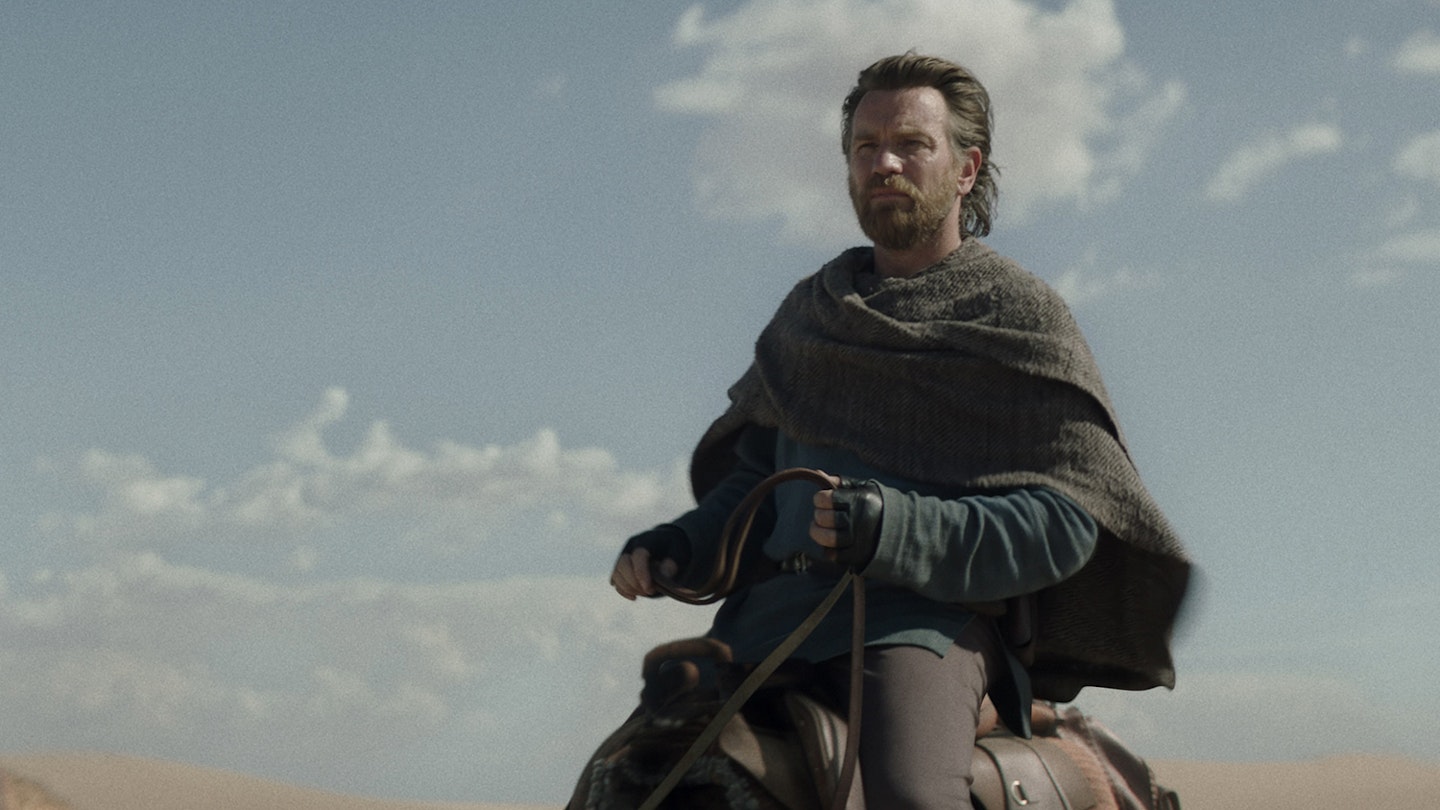
There’s a reason why there was such a clamour for an Obi-Wan series – people simply wanted more of Ewan McGregor as the Jedi Master. His performance was one of the strongest elements of the prequels, but since dialogue isn’t exactly one of their strengths (“You were right about one thing, master – the negotiations were short!” is not an A+ zinger), Obi-Wan Kenobi was a chance for him to get his teeth stuck into more complex material.
And McGregor rose to that challenge – deepening the anguish he tapped into at Revenge Of The Sith’s tragic climax, bolstering it with all the loneliness, impotency, regret, and disillusionment that a decade of solitude would instil in anyone, let alone someone who lost their closest friends and entire way of life. Across the six episodes, we didn’t just get one Obi-Wan – we saw multiple incarnations of the character as he slowly reconnected with the Force. The Obi-Wan of Kenobi’s first few instalments was closed off, a shadow of his former self; later, when he came face-to-face with his former apprentice turned galactic uber-villain (goodbye Anakin, hello Darth Vader) he displayed sheer terror – frozen and fractured when confronted by the monster he formerly mentored. Here was an Obi-Wan with PTSD; his nigh-on panic attack when Reva tells him Anakin is still alive was desperately sad, and utterly believable. By the series’ end, we got to see Obi-Wan back in his pomp – at one with the Force, in tune with his powers, and ready to show Vader that (at least for now) the Sith Lord is still but the learner. Speaking of which…
It gave us a Vader both scary and sad

Given the rapturous reception to that scene at the end of Rogue One – in which Vader hacks and slashes his way through a corridor of unwitting Rebels, with a ferocity rarely glimpsed elsewhere in the saga – it was obvious that audiences wanted to see more of the greatest villain of all time in his pomp. Obi-Wan delivered on that in a huge way. For all his might and majesty in the Original Trilogy, this Vader was young, rageful, brutal, but no less imperious – commanding attention as much with the purpose of his stride as he did when snapping necks and dragging civilians across the floor.
But for all that this was a frightening, fire-and-brimstone Vader, he was a deeply tragic one too. The series milked the dramatic middle-ground between the Prequels and Original Trilogy for all it was worth, probing at questions we didn’t even know to ask: how much Anakin is still in there? Is he really all-powerful, or more vulnerable than we think – scarred, traumatised, forced to retreat to the bacta tank at regular intervals? How long has he been stewing on ideas of revenge, moulded and betrayed by masters old and new? With every brief glimpse of Hayden Christensen as what little remains of Anakin Skywalker, the series excelled at contrasting the monolithic stature of the fully-formed Vader with the gnarled, fleshy man beneath all that metal; the suiting-up sequence from ‘Part III’ managed to be eerie, awe-inspiring and heartbreaking all at once. It all came to a head when… well, read on…
The Vader vs. Obi-Wan rematch ruled
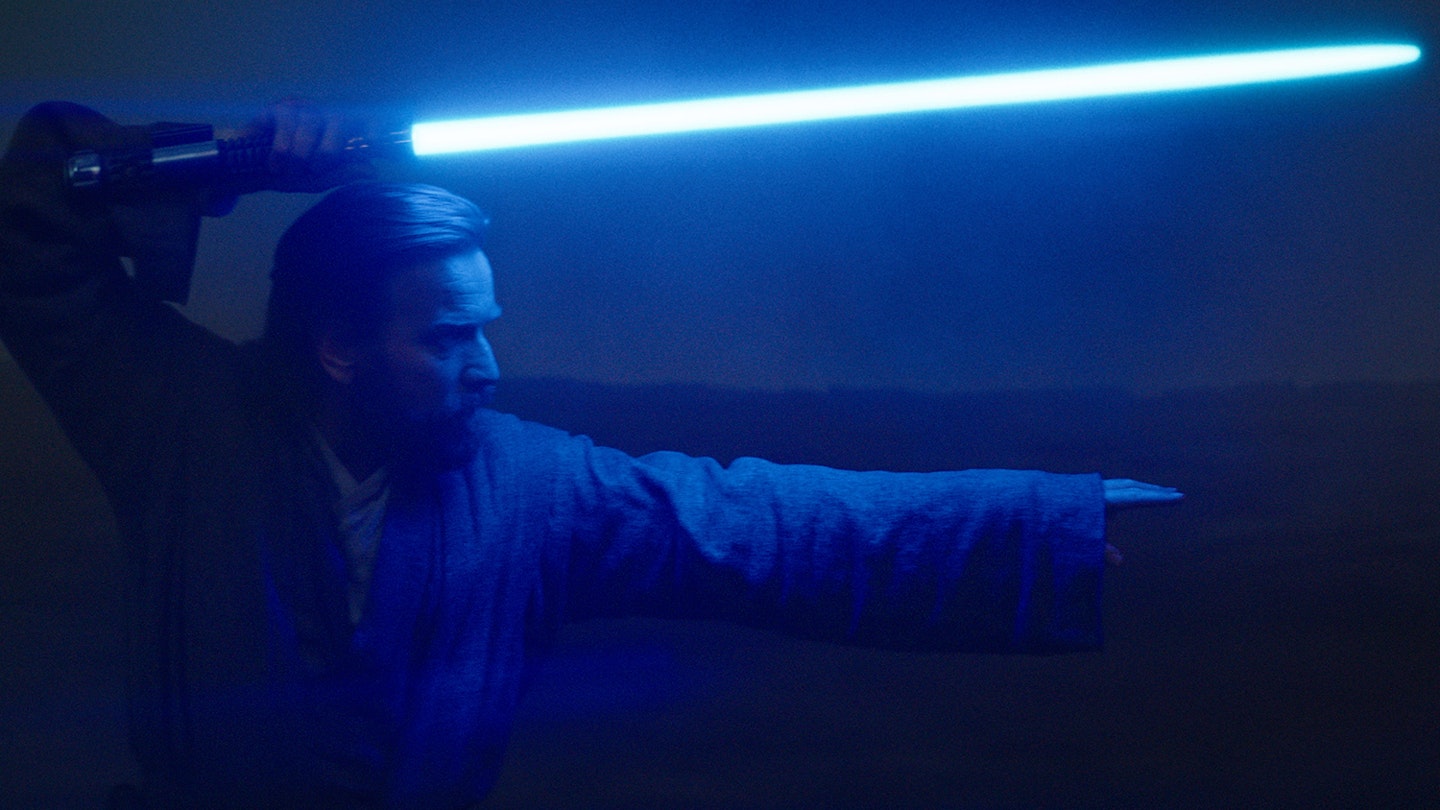
Here’s a pickle: how do you even begin to come up with an Obi-Wan vs. Vader lightsaber duel to match Revenge Of The Sith’s apocalyptic lava showdown (all pyrotechnic intensity and hot-blooded betrayal) and A New Hope’s transcendent face-off (low on energy, high on mythic significance)? And, just as importantly, how do you do it without breaking canon? Somehow, Obi-Wan managed it perfectly. ‘Part III’s early reunion was just the warm-up act – a rusty Obi-Wan toyed with by a vindictive Vader dealing out petty ‘who’s burning now?’ retaliation – but ‘Part VI’s epic duel was the main event, the moment the entire series was building towards.
It did not disappoint. The forcefulness (no pun intended) of the choreography; the rise-and-fall storytelling with each character battling for that all-important higher ground; the emotional weight of everything that had come before and everything we know is to come – it all worked beautifully, framed in jagged rock structures with moody mist and illuminating ‘saber swipes captured beautifully by cinematographer Chung-hoon Chung. As with much of this show, though, the duel was best when the fighting stopped and Obi-Wan and Vader got to talk. There was horror and heartbreak in Obi-Wan cracking the mask of his foe and seeing the man underneath once more – and the way the Sith Lord’s voice oscillated between James Earl Jones’ booming Vader tones and Hayden Christensen’s wounded Anakin was brilliantly conceived and devastating to hear. The entire rematch – and the series as a whole – was worth it for this moment that once again evolved the pair’s dynamic, capitalising on the potential of Sith’s ending, and lending extra context to A New Hope’s final showdown.
It was a love-letter to Leia
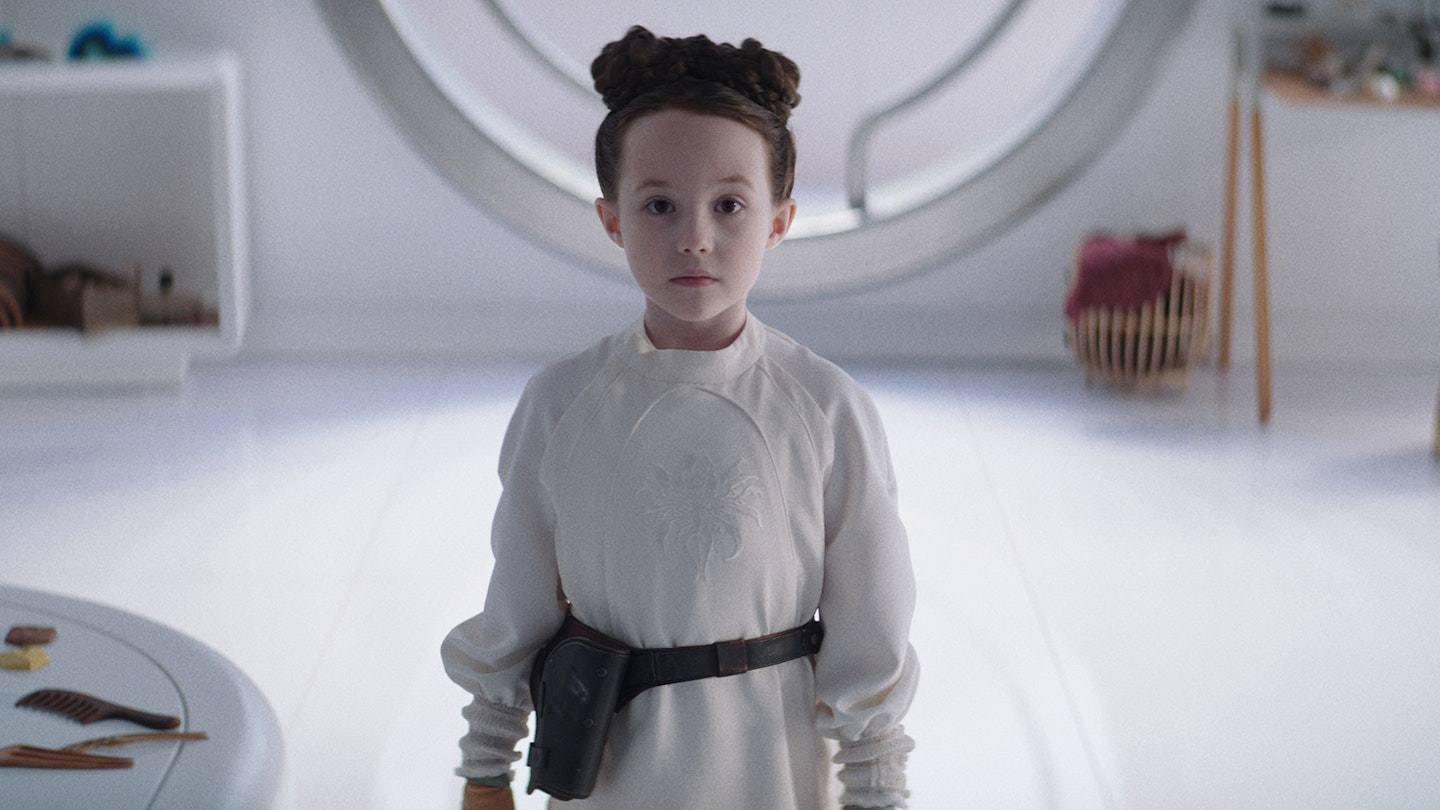
It was just like Yoda said: “There is another…” While the Obi-Wan Kenobi trailer had us thinking the young Luke Skywalker would play a part in the series, that was a misdirect – instead, Obi-Wan was a paean to the power of Leia Organa. Ever since Carrie Fisher passed away, Star Wars has been figuring out the best way to honour the rebellious princess-turned-general. Though the execution was often (Ma)clunky, The Rise Of Skywalker fought to make Leia an active part of the story with rediscovered footage, while flashbacks gave her a lightsaber and emphasised her Force-sensitivity. But the legacy of Leia really came alive in Obi-Wan Kenobi, in the outstanding performance of Vivien Lyra Blair – the ten-year-old actor who perfectly embodied the drive, the unruliness, the wit, and the wisdom of the character we know and love. It was a fantastic performance and a brilliantly-written part, the spark and intelligence of this little girl proving the ideal partner for the grizzled, isolated Obi-Wan. How beautiful, that the thing that pulled Obi-Wan out of the darkness and back towards the light is his connection with the young Leia, and everything she represents.
But including Leia in the show wasn’t just about audience-recognition factor – it was about furthering the legacy of Anakin and Padmé (Natalie Portman), of showing how the rebelliousness and bravery of Leia’s parents inform so much of who she is. It was about deepening the tragedy of their deaths. It was about showing all the forces that forge her into who she becomes – not just her biological parents, but Obi-Wan, Bail Organa, and Tala too. It was about creating an emotional connection with Obi-Wan that justifies Leia, decades later, calling her own son Ben. Leia’s role here touched on every era of the Skywalker Saga – it might be Obi-Wan’s name in the title and Vader on the posters, but this was her series too.
It lent greater emotional weight to the prequels
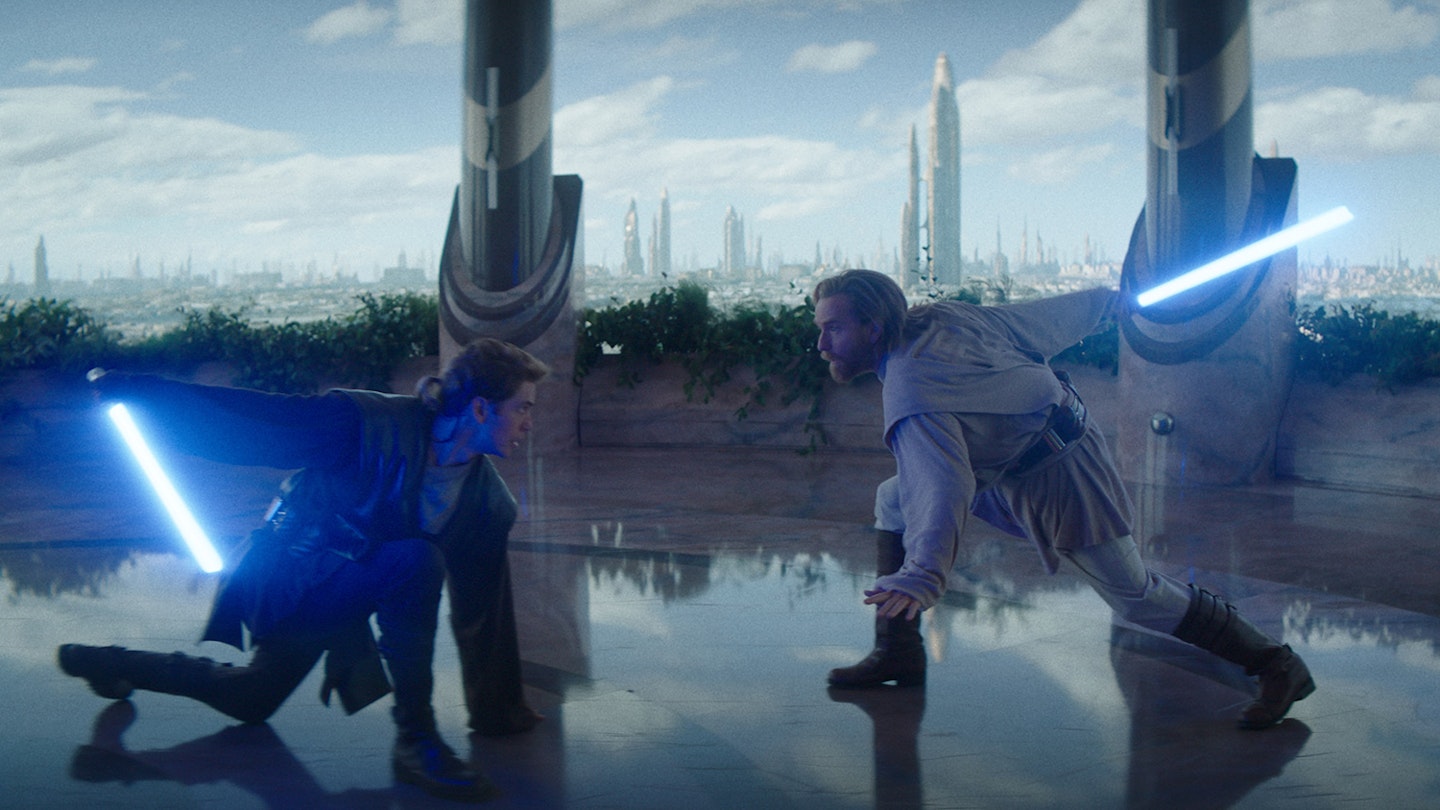
For all the grand operatic sweep of the prequel trilogy, those films operate more effectively on a macro level than a micro one – the overall arc of Anakin’s fall, the destruction of the Jedi Order, and the rise of Palpatine is more enticing in its broader strokes than in the moment-to-moment execution. But from the return of Hayden Christensen – finally welcomed by the wider Star Wars community after being vilified in his time – to the levels of distress wrought all over Obi-Wan’s face, to the handful of Padmé callbacks, Obi-Wan Kenobi deepened the characters of those films. Now, it’ll be impossible to watch Anakin and Padmé’s relationship in Clones or their tragic deaths in Sith without thinking of Leia quizzing Obi-Wan on her parentage; impossible to watch Anakin’s fall to the Dark Side without thinking of him doubled over and wheezing after Obi-Wan smashes his breathing apparatus in the ‘Part IV’ duel; impossible to watch Order 66 without thinking of Reva (Moses Ingram) standing among those Younglings. The show did exactly what this kind of series should: it made the Prequels retroactively more human.
It delivered a complex new character in Reva

We need to talk about Reva – a character who, up until ‘Part VI’, was one of the very best parts of this series. Moses Ingram dove into the Star Wars universe headfirst and gave us another classic, conflicted villain in a long lineage of them – her ambition, ferocity, and tenacity was fascinating to watch every week. Early on, Reva had real Kylo Ren energy, bubbling over with anger and an almost teenage tempestuousness, her villainous deeds feeling forced and misguided. Ingram excelled at playing a character who was gloriously unpredictable – every time she showed up, you never quite knew where the scene was going to go.
Later in the series, the reason for her conflicted actions was revealed – Reva survived Order 66 at the Jedi Temple as a Youngling, and was actually trying to get close enough to Vader to finish him off. It’s just, the series didn’t give itself time or dramatic space to play that out fully (see further down), and the vast potential she displayed through the majority of the show was somewhat wasted in the final episode, where her motives and emotions felt confused and unclear. Still, she was a valuable addition here – and needless to say, the so-called ‘fans’ who bullied Ingram with racist abuse can take a long hot bath on Mustafar.
It crossed over with Jedi: Fallen Order in fascinating ways

OK, so Obi-Wan didn’t deliver that much-rumoured Cal Kestis cameo, which would have been great. But fans of Jedi Fallen Order, the biggest Star Wars video game in recent years, had much to be happy about – most notably an episode-long jaunt to Fortress Inquisitorius in ‘Part IV’. Since Fallen Order is all about Jedi being hunted by Inquisitors in the wake of Order 66, the timeline made logical sense for some overlap here – but it was still a thrill to see Star Wars take that broader approach to canonicity. It feels like a note has been taken from The Mandalorian’s ‘It all counts’ ethos: whether it’s a movie, a series, a game, a comic, or a toy, it’s all Star Wars. Hence, we got Obi-Wan gadding about in an environment players have wandered through in that game, making the whole galactic tapestry feel all the richer. Come on, though – Cal Kestis (and BD-1) have to pop up in live-action at some point…
It had an adorable droid in L0-LA59

The recent era of Star Wars has excelled at creating droids that you’d lay your life down for. BB-8? K-2SO? BD-1? Protect them at all costs. Now, we can add L0-LA59 (aka ‘Lola’) to that list. Sure, Leia’s portable, flying bug-droid pal (basically a robotic ladybird) was almost responsible for hundreds of Imperial refugee deaths – but that wasn’t her fault, and she was a constant cause of delight throughout the show. Those flapping ears? That big bright blue eye? Those happy beeps? Magical stuff. As ever, the practical puppetry of Lola brought her to tangible life, and it’s easy to see why our young hero would trust her so much – and hey, we know Leia goes on to trust a droid with some pretty important information a decade or so down the line…
Most importantly, we can soon all own our very own Lola, because Hasbro is releasing a toy version that looks and acts exactly like the real thing, going on sale later this summer. Add it to your gift lists now.
It gave us one last Star Wars theme from John Williams
The opening title theme. ‘Binary Sunset’. ‘The Imperial March’. ‘Rey’s Theme’. The musical magic of John Williams is hardcoded into Star Wars’ very DNA, and the arrival of an entire new theme from the legendary composer is something to be cherished. While much of Obi-Wan Kenobi’s music came from Loki composer Natalie Holt, who did a fantastic job in her galactic debut, Williams contributed a brand new theme for a character who somehow had never received one before – and it’s a majestic piece of music, melancholic and brooding before it comes to life in a rising crescendo. With each airing, ‘Obi-Wan’ sounded more and more like classic Star Wars – and with Williams likely retiring from scoring films after Indiana Jones 5, this is likely to be his final work in the galaxy far, far away. As a swansong, it’s an absolute gift to be cherished. Thanks for everything, maestro.
It brought Qui-Gon Jinn back to the equation

It’s the old storytelling adage: if you invoke Qui-Gon Jinn in ‘Part I’, he has to appear in ‘Part IV’. And while his eventual cameo was probably far briefer than most expected, the return of Liam Neeson as the Jedi Master for a few short seconds was a glorious moment – not just because it was a thrill to see the actor back in Star Wars for the first time in 23 years (looking exactly the same as when he last appeared), but because of what it meant for Obi-Wan himself. It was wrenching to see our hero still reaching for his former master while wracked with all the guilt and pain of Anakin’s loss, with no hope of actually connecting since he’d closed himself off from the Force. His return really meant something to Obi-Wan, the end of an arc spread across the six episodes. And god, wasn’t it good to see Qui-Gon again? Bring on more from him, coming soon in the freshly-announced Tales Of The Jedi animated shorts.
The Dark Side
It had a few too many ‘huh?’ moments
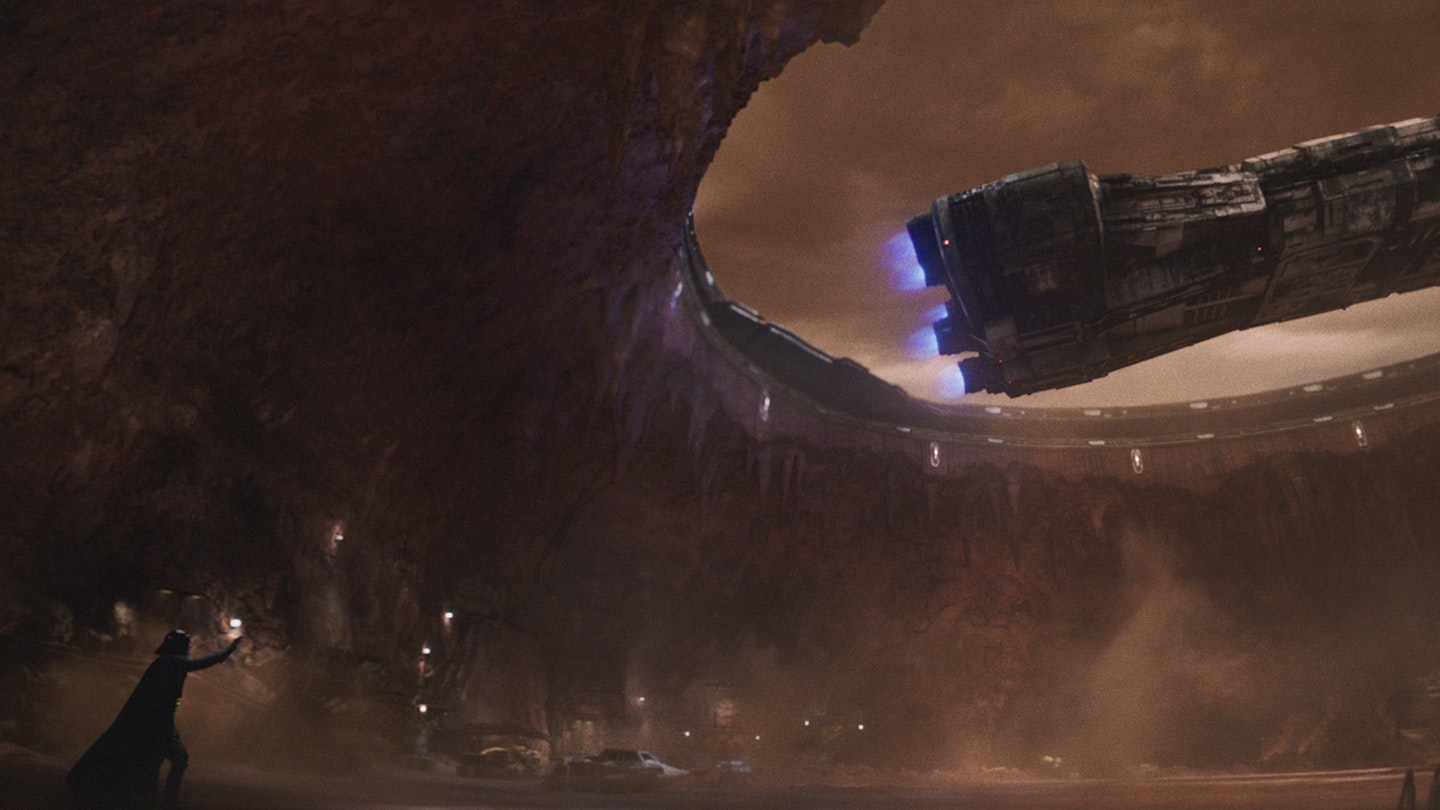
There’s so much great work in Obi-Wan Kenobi that the moments that simply didn’t make sense were all the more frustrating. Why did Obi-Wan have to destroy a fence that he easily could have walked around in ‘Part III’? Why was Reva and Obi-Wan’s crucial conversation in ‘Part V’ spoken through a door – one that nobody seemed able to open, until Reva simply slashed it with her saber? Why did Vader let the second ship go when the surviving Jedi blasted off at the end of ‘Part V’? And in ‘Part III’, why did the fire that Tala re-sparked stop Vader from getting back to Obi-Wan, when he’d just shown he could extinguish it with the Force? Across the series, there were moments here and there that just felt clunky, awkward, or ill thought-out, detracting from the real quality elsewhere.
You could feel the Volume

For the most part, the advent of the Volume – the high-res video-wall environment that transformed production on The Mandalorian and is now spreading into other Hollywood productions like The Batman – has been a pretty miraculous thing. It’s immersive for the actors, and allows filmmakers to capture more in-camera effects. But it’s also restrictive; while it’s capable of conjuring epic environments that look totally believable, it also constricts the actors into standing in a central area of that environment. In Obi-Wan, you could really feel the edges of the space – not visually, but in how scenes were staged and blocked. When used carefully, the Volume can create scenes that feel gigantic. Here, it often meant sequences like the stormtrooper attack in ‘Part V’ and the infiltration of Fortress Inquisitorius in ‘Part IV’ felt weirdly small.
The action was sometimes wobbly
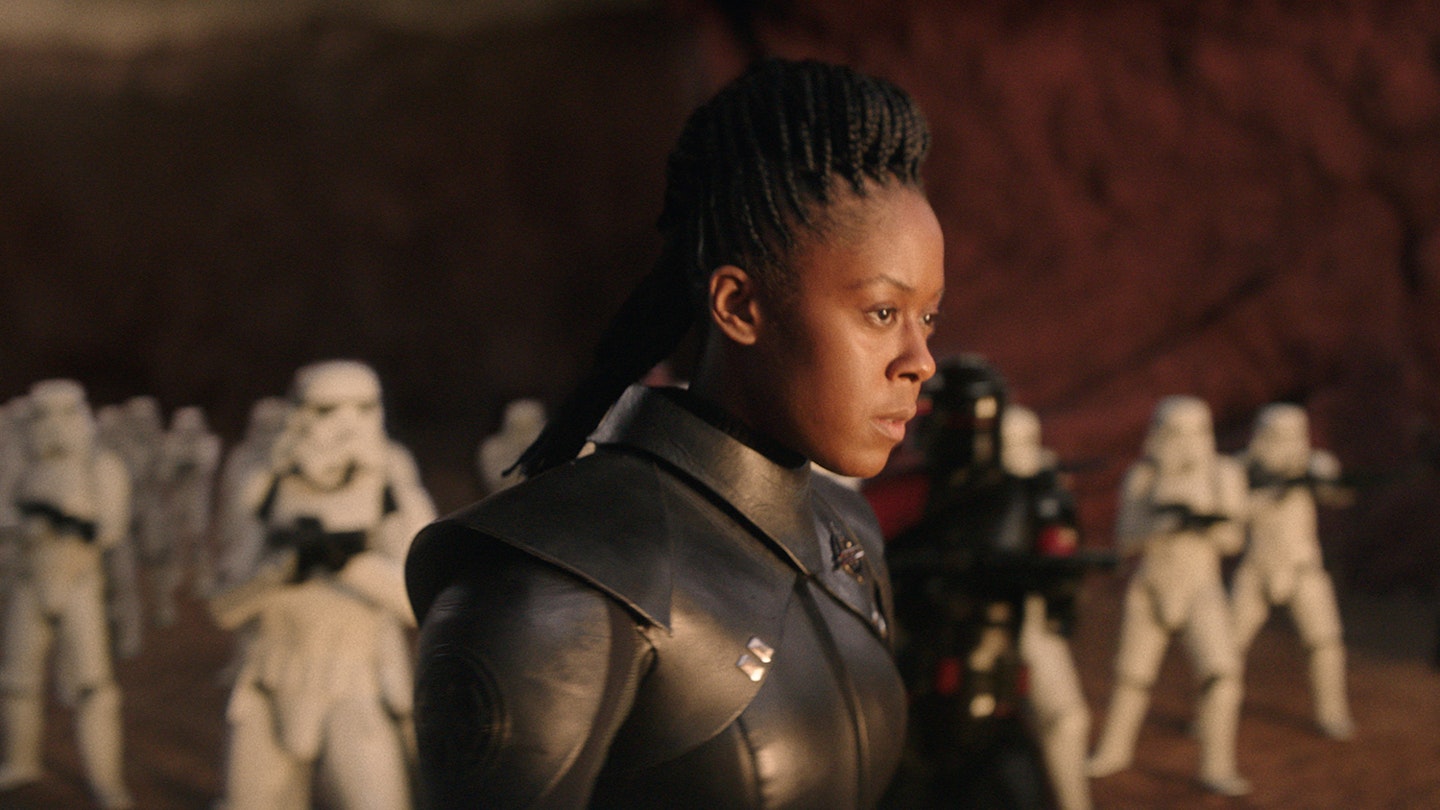
While both lightsaber duels between Obi-Wan and Vader were well-handled, some of the other action sequences in the series felt flimsy. The stormtroopers were more ridiculously inept than ever in the ‘Part V’ raid, the Fortress attack in ‘Part IV’ had some great ideas and visuals but often felt disjointed, and there was that utterly baffling Leia chase through the woods early on that didn’t convince and felt entirely unnecessary. If anything, the show felt like it could have done with less action – in a show like Obi-Wan, galactic brawls are not the attraction so much as the character drama and tortured guilt-ridden conversations. In this case, less would probably have been more.
It didn’t wrap up every thread
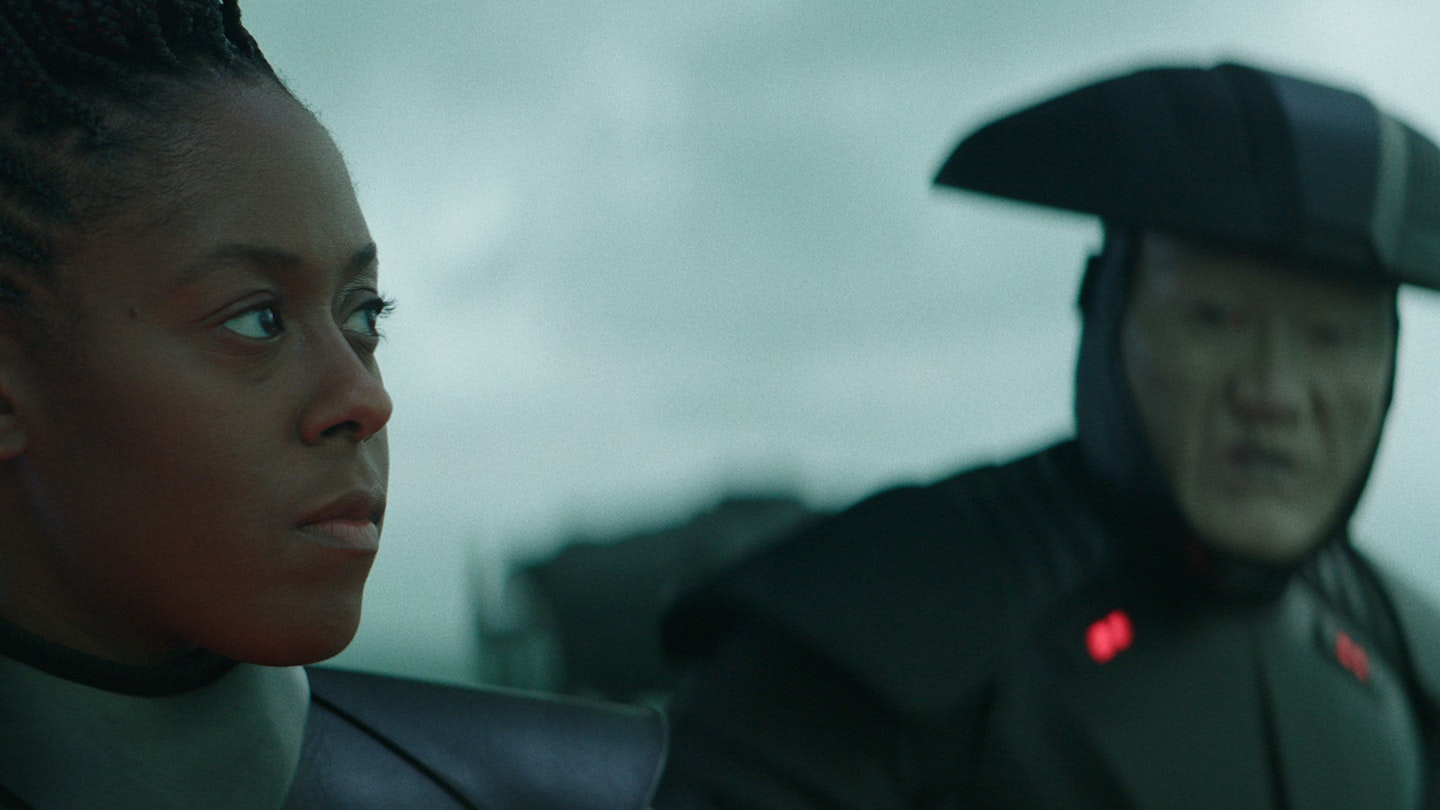
Here’s the big question: will there be an Obi-Wan Kenobi Season 2? Some kind of spin-off? A separate show for a different character in the same time period (cough Vader cough)? Obi-Wan was conceived and written as a limited series, a one-off – but it felt somewhat unfinished come the final episode. What’s the deal with Reva now? Where did Sung Kang’s Fifth Brother go? What does Obi-Wan Kenobi do now that he’s back in touch with Qui-Gon’s Force ghost, and does that signal a subsequent story? A second season of Obi-Wan would feel unnecessary (please, let things end!) but several stories felt like they didn’t actually tie up in the final instalment.
It came a little too close to breaking canon
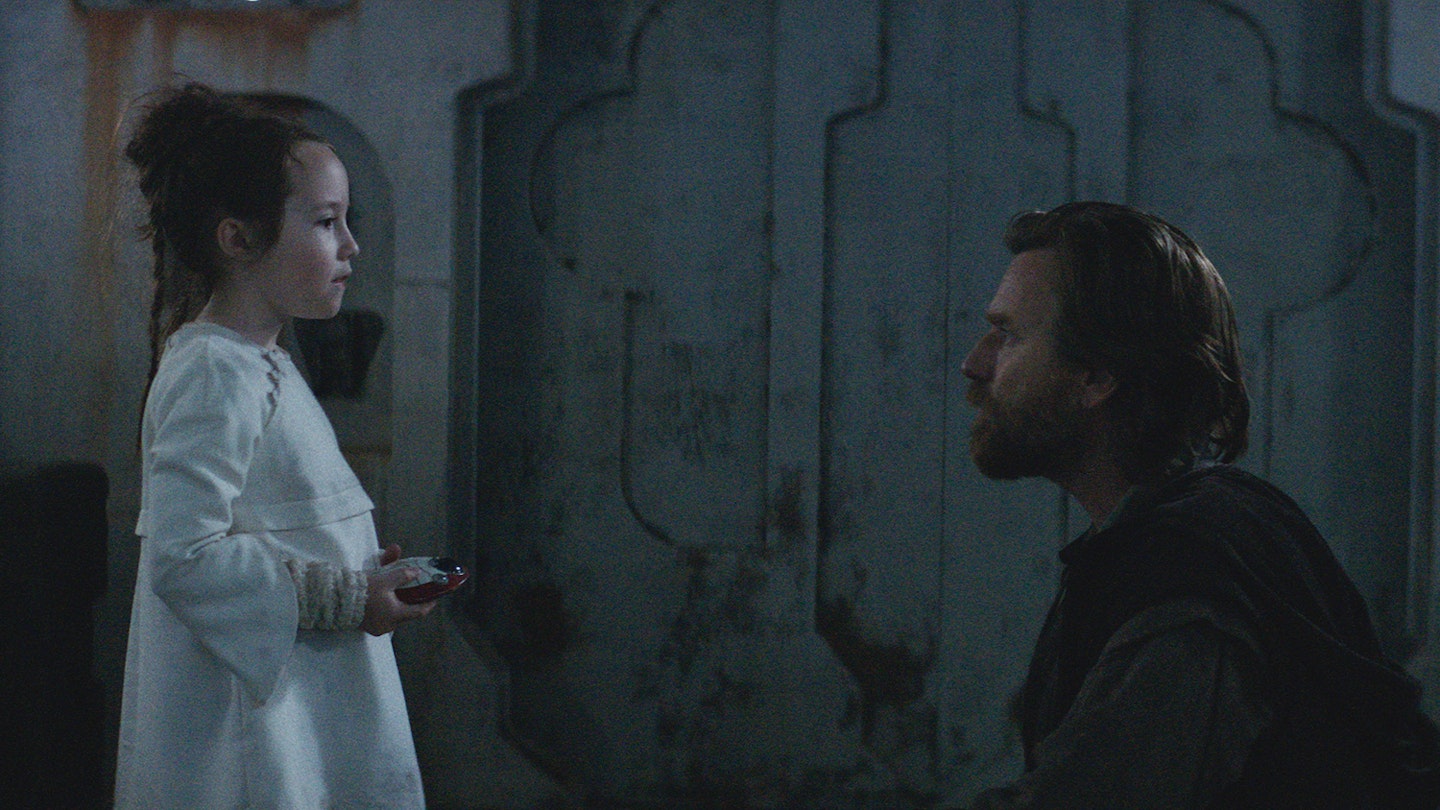
Let’s be clear: Obi-Wan Kenobi didn’t actually break canon. It didn’t outright contradict anything that came before or after – and that is, frankly, quite miraculous. But it did skirt very close to the edges sometimes, and it was difficult to watch at points without being pulled out of the action by, ‘But if this person knows this, doesn’t that mean this doesn’t make sense?’ queries. Ultimately, it all just about checked out – Leia understands that her adventure with Obi-Wan has to remain a secret, and her video message to him in A New Hope is an official diplomatic dispatch rather than an ‘Oi, mate, come and help your old pal Leia’ call; Vader never actually found out about his kids; the Grand Inquisitor somehow popped up alive towards the end of the series. But there are still wrinkles – does Reva’s attack on the Lars homestead not make young Luke’s life a little too interesting, since he’s supposed to be deathly bored and itching to leave Tatooine in A New Hope? Why is Vader so much more powerful with the Force here than he is in the original movies? Maybe a second watch will smooth those questions out, but it was the trickiest navigation in Star Wars since the Death Star trench run.
Obi-Wan Kenobi is streaming now in full on Disney+
